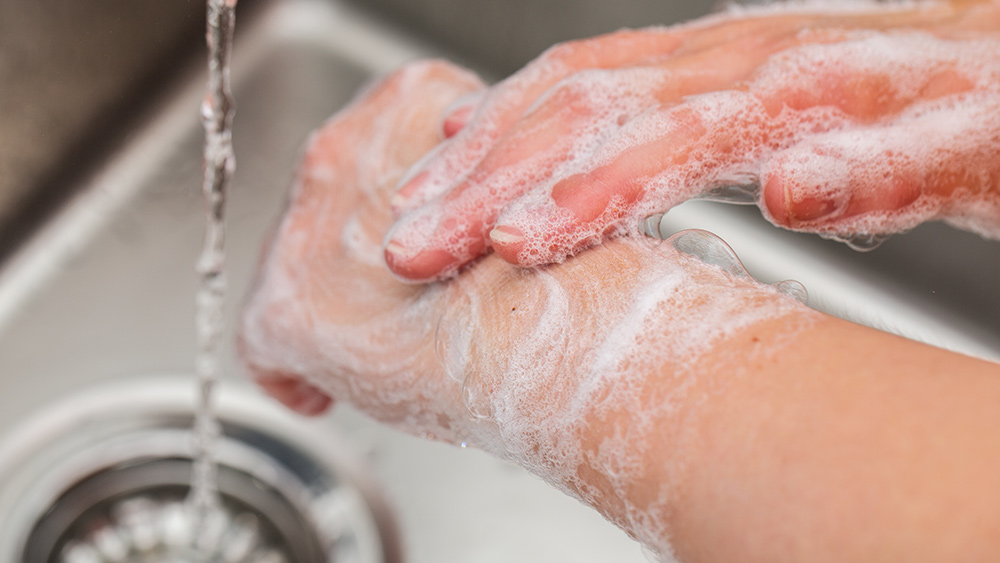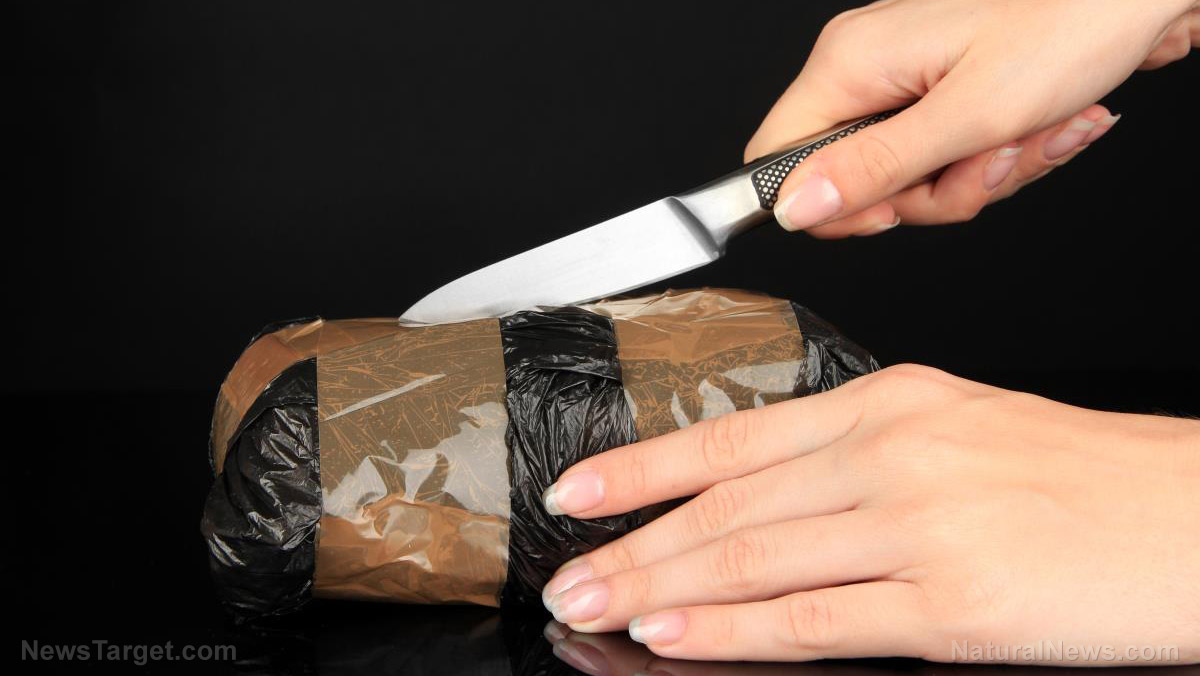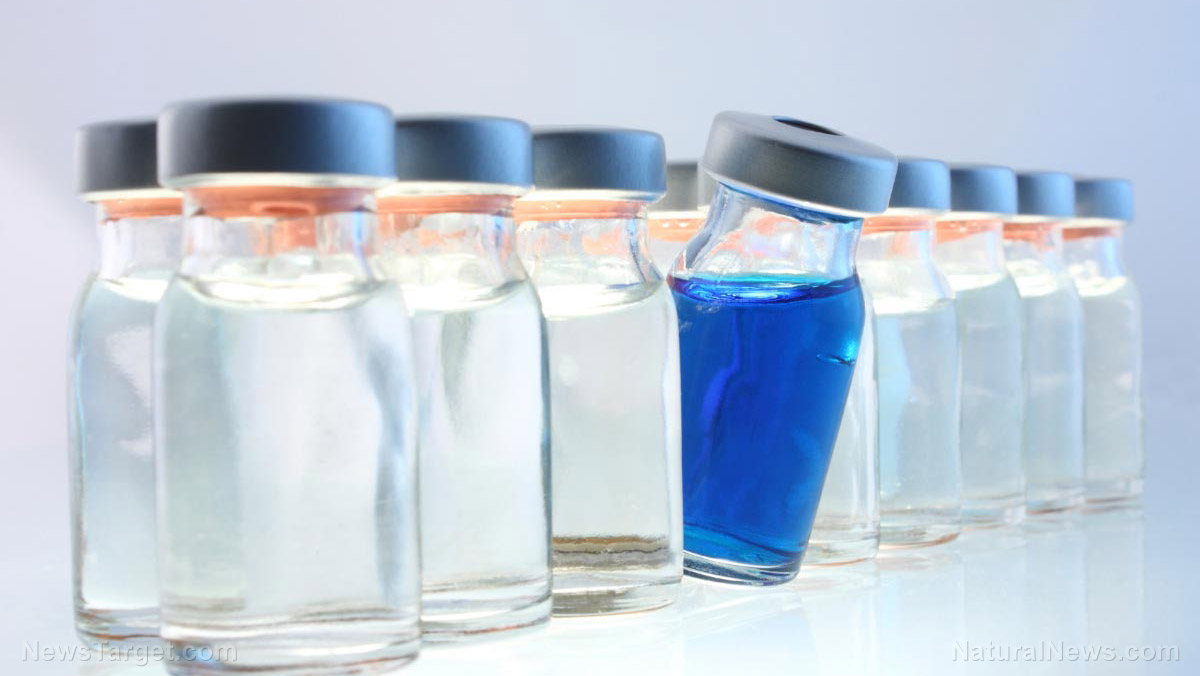
- Coconut oil -- This has been used to make soap and other beauty products for hundreds of years, and has recently become more popular as a soap base in the United States. Coconut oil can also double as dry skin liniment and shaving lotion.
- Goat's milk -- Goat's milk is nutrient-rich and has natural healing compounds. It is also rich in vitamins A and D with a high animal fat content that can help repair damaged skin.
Making foaming hand soap
Ingredients- 2 to 3 Tablespoons liquid castile soap, coconut oil or goat's milk
- 1/2 to 1 Tablespoon almond oil, olive oil, or vitamin E as a carrier component
- 12 ounces distilled or filtered water
- Essential oils for scent
- Put water into the foaming sop dispenser, up to three-quarters of the way full.
- Add in the soap base.
- Add the carrier oil or vitamin E.
- Put the lid on the foaming soap dispenser and shake the mixture vigorously to combine the ingredients.
- Remove the lid and add in the essential oil of your choice.
- Replace the lid on the soap dispenser and shake once more to incorporate the scent from the essential oil before use.
Benefits of making your own soap
With more and more people opting for cleaner, eco-friendlier skincare options, it is best to make your own soap using natural ingredients that you are familiar with. Homemade soap consists only of base oils and additives from natural sources. Mass-produced soap, on the other hand, has a lot of chemicals that can be harsh for the skin, leaving it dry and irritated. Since homemade soap is often crafted at home in your kitchen, or in small shops, ingredients are usually sourced and disposed of responsibly. Most homemade soaps also contain glycerin, which is a humectant that helps retain moisture in the skin. Mass-produced, chemical-based soaps usually remove glycerin during the production process to sell them off to other manufacturers for skin lotions or other skincare products. There are plenty of ways to customize your liquid hand soap as well. Add fruit juices, various kinds of milk, or even exfoliants to create gentle and nourishing products for your skin. Check Preparedness.news for more projects that you can make at home. Sources include: NewLifeOnAHomestead.com Bellatory.comOat prices hit record high as fiat currency Ponzi scheme drives inflation
By Ethan Huff // Share
Weed-free, worry-free: 5 Ways to get rid of weeds in your home garden
By Divina Ramirez // Share
Survival tips for the elderly: What to prep before bugging out
By Zoey Sky // Share
Financial preparedness: How to save money on your off-grid homestead
By Zoey Sky // Share
Homestead must-haves: The best solar batteries for off-grid use
By Virgilio Marin // Share
Putin deploys Oreshnik hypersonic missiles to Belarus, escalating NATO tensions
By kevinhughes // Share
U.S. escalates maritime war on narco-terrorism, killing eight in latest Pacific strikes
By patricklewis // Share
How forced immunizations, fraudulent science and corporate greed have endangered public health
By patricklewis // Share
Blood pressure pills RECALLED due to manufacturing mix-up
By oliviacook // Share











